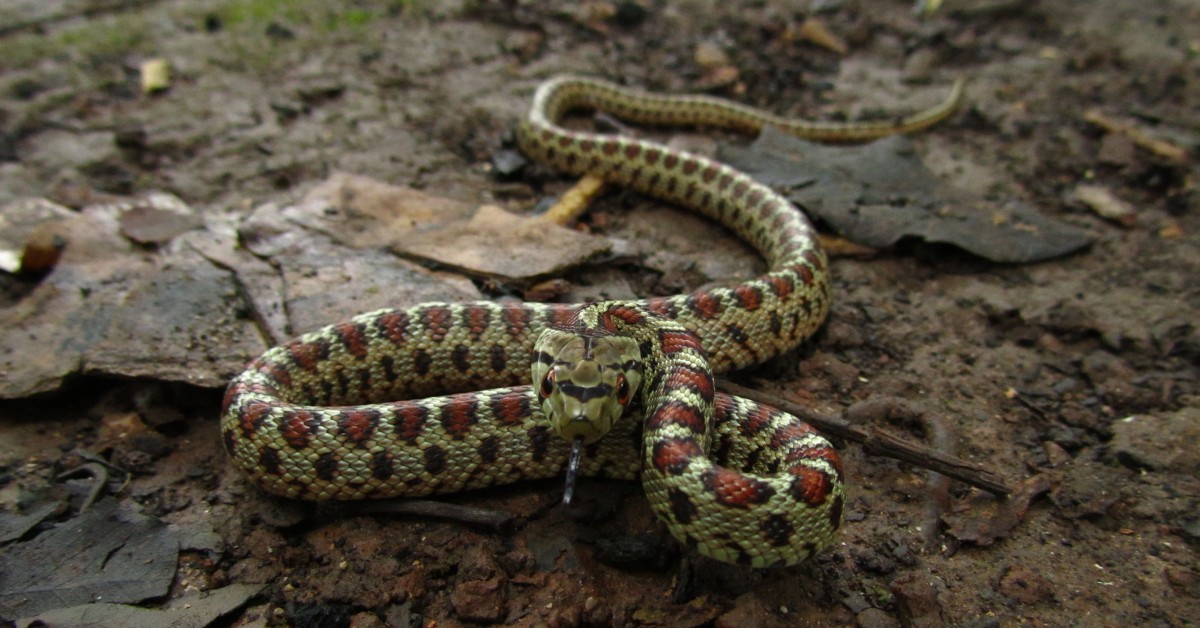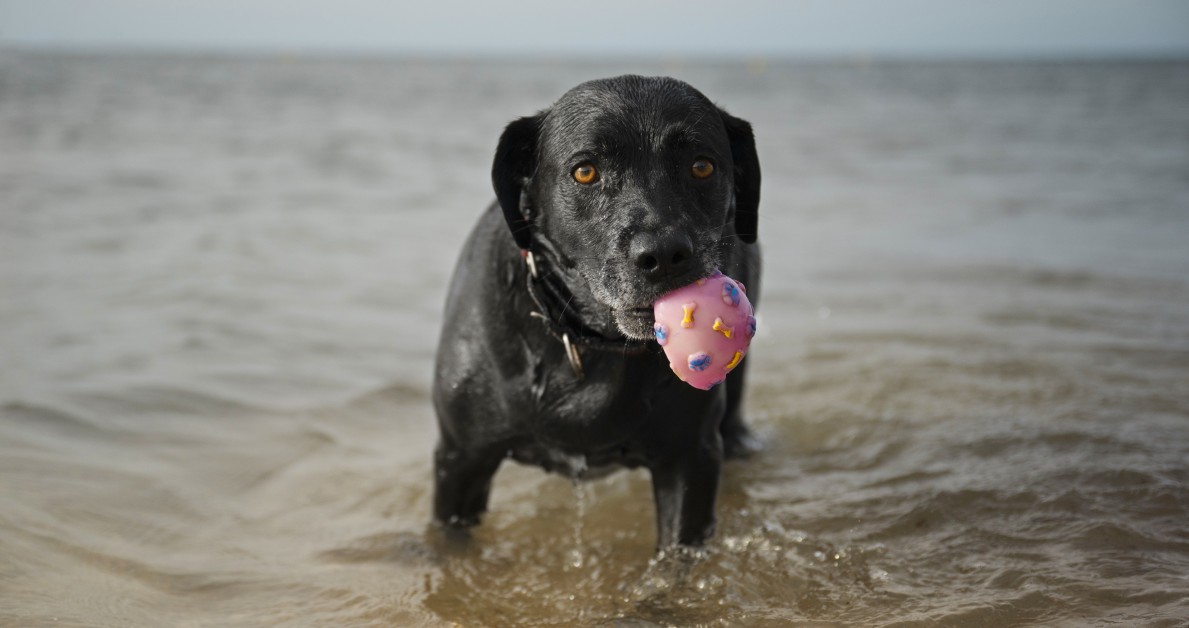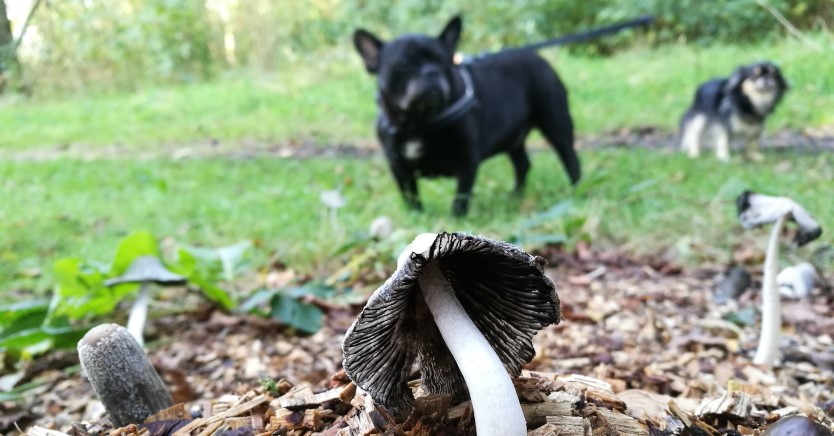Keep Your Garden Safe for Your Pets This Spring
Pet-proof your garden this spring to keep your cat or dog safe from harmful plants, toxic products, and other risks.

With lots of scents, sights, and opportunities for exploration, pets are naturally attracted to gardens. Spring gardens can be especially appealing as flowers begin to bloom and the sunny spots abound. However, gardens can also pose serious risks for cats and dogs. As you spend time in your garden this spring, take the proper precautions to keep your pet safe and healthy.
Beware of Dangerous Plants
- Tulips – Tulips contain glycosides, toxic compounds that can cause gastrointestinal upset, and in some cases, more serious side effects like tremors, seizures, and difficulty breathing. The bulb is the most dangerous component of the plant as it contains the highest concentration of these toxins.
- Lilies – Lilies can be dangerous for pets, especially cats, due to toxins that can cause severe kidney damage in even small amounts. Although dogs tend to be more resistant, they can also experience stomach upset and other problems if the plant is ingested.
- Daffodils – These types of plants contain a toxic chemical known as lycorine, which is primarily concentrated in the bulb. Daffodils can cause severe gastrointestinal upset in dogs and cats, including diarrhea and vomiting. In severe cases, more serious complications can arise, such as heart problems, difficulty breathing, and even death.
- Crocuses – The spring crocus should be avoided in gardens with pets. While ingesting this plant is generally not fatal, it can cause uncomfortable symptoms like diarrhea, vomiting, and general gastrointestinal upset.
- Irises – Plants that belong to the Iridaceae family, such as the iris, contain the highest concentration of toxins within their bulbs. Eating these plants can cause problems such as drooling, lethargy, diarrhea, vomiting, and in severe cases, neurological problems.
- Hyacinths – Before planting hyacinths, remember the effect they can have on cats and dogs. Due to the presence of calcium oxalate crystals and alkaloids, hyacinths can cause serious side effects if ingested, such as vomiting, lethargy, and tremors.
Store Fertilizers & Pesticides Safely
Many fertilizers are safe for use around pets but it’s always important to use caution when spreading these products in your garden. Fertilizers that contain blood meal or bone meal are high in iron and could cause health problems if too much is ingested. In addition, avoid the use of feather meal which could be harmful to dogs. If you plan to use pesticides in your garden, opt for an organic alternative and limit your use, as commercial pesticides can cause allergic reactions.
Put Away Gardening Tools
If you’re an avid gardener, you probably have a shed full of useful tools and equipment. While most tools are harmless, others can be dangerous for cats and dogs. Electrical or gas-powered gardening tools can slip from your hands during use, potentially injuring your nearby pet. Also, sharp gardening tools, such as knives, saws, and hoes, can cause injury to animals if left on the ground where pets can step on them.
Supervise Pets Around Garden Ponds
Many people enjoy adding water features to their spring garden, such as a fountain or small pond. While these additions can add beauty and whimsy, they also pose a risk to animals. If you have a pond, always supervise your pets while in the garden. If you can’t always be there to watch, consider putting up a barrier around the water feature.
Use Caution with Mulch
Gardeners often use mulch to keep their plants moist when the weather gets warm, as well as to add a splash of color to their yard. While you can find mulch in many different forms, one of the most dangerous for pets is cocoa bean mulch. Created from the discarded hulls of cocoa beans, ingesting this product is similar to ingesting chocolate, as both contain caffeine and theobromine.
Avoid the Use of Snail & Slug Baits
Snails and slugs can be major nuisances in gardens. To ward off these pets, some gardeners use slug or snail baits, which typically come in pellet, powder, or liquid form. The active ingredient in many of these products is metaldehyde, which is toxic to both cats and dogs. If your pet ingests these baits, they could experience restlessness, salivation, tremors, high body temperature, vomiting, and seizures.
Offer Sources of Shade
The spring season is often accompanied by high temperatures. As the weather gets warmer, use caution when letting your pet into the garden to nap or play. Too much sun or exposure to heat could lead to medical conditions like dehydration, sunburn, or heatstroke. Ensure that your pet has plenty of shady areas in the yard or garden to prevent overheating. Also, provide a constant supply of cool, fresh water.
Install Fencing Around the Garden
You can’t always be there to watch your pet. If you’re concerned about your pet getting into trouble in your garden when you’re not around to supervise, install secure fencing around the area. Create a latched gate that allows you to let your pet inside when you’re available to keep an eye on them.
Keeping Your Pet Safe This Spring
Many pets enjoy the sun and new growth that comes with spring, but taking the proper precautions is key to keeping dogs and cats safe from hazards that may be lurking in your garden.
Ready to start saving money on pet wellness care?
Then take a look at Mint Wellness, the pet wellness plan that provides fast reimbursement on routine pet care. Save on vaccinations, wellness exams, preventatives, dental, and more!
Learn More


